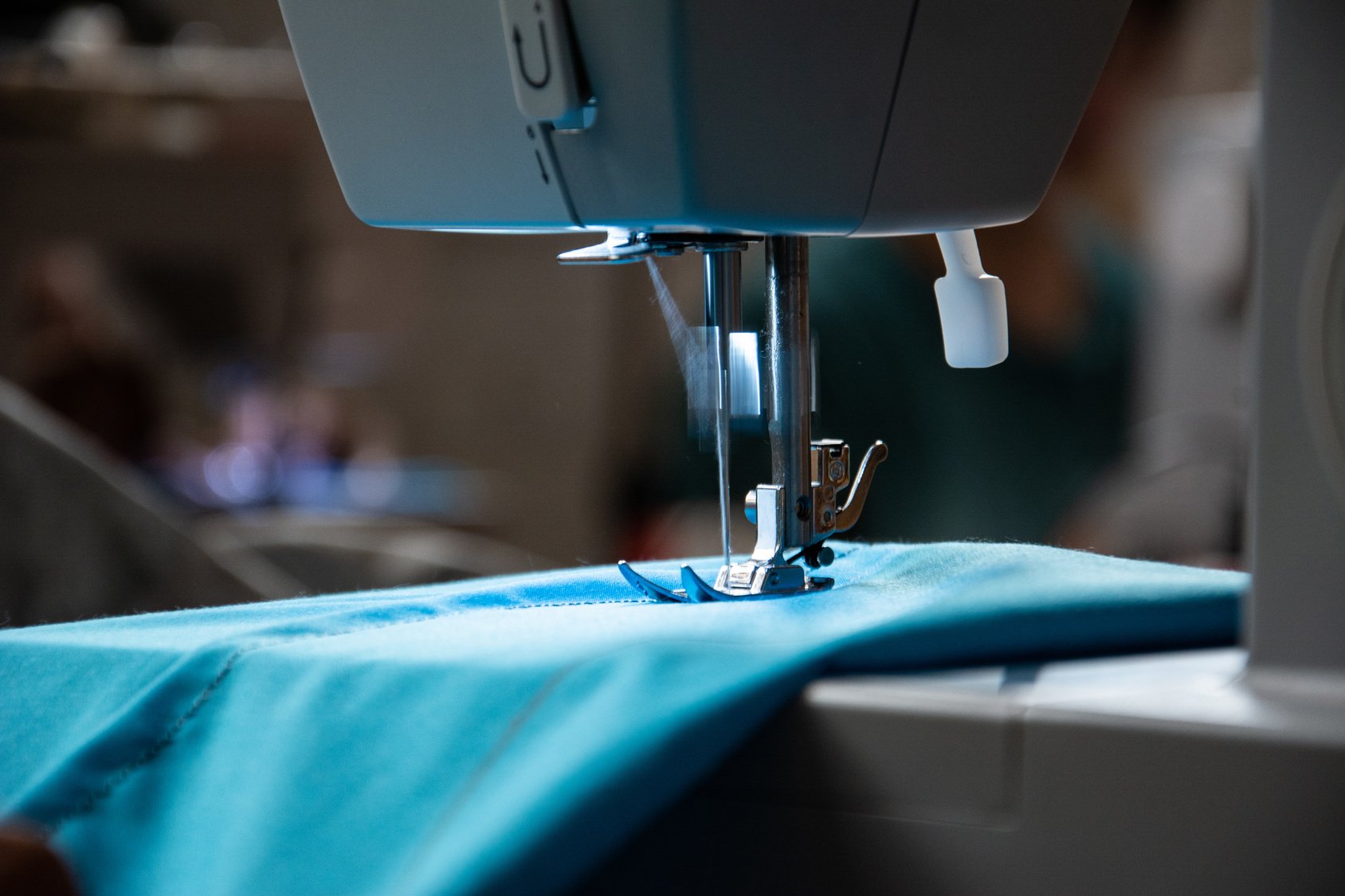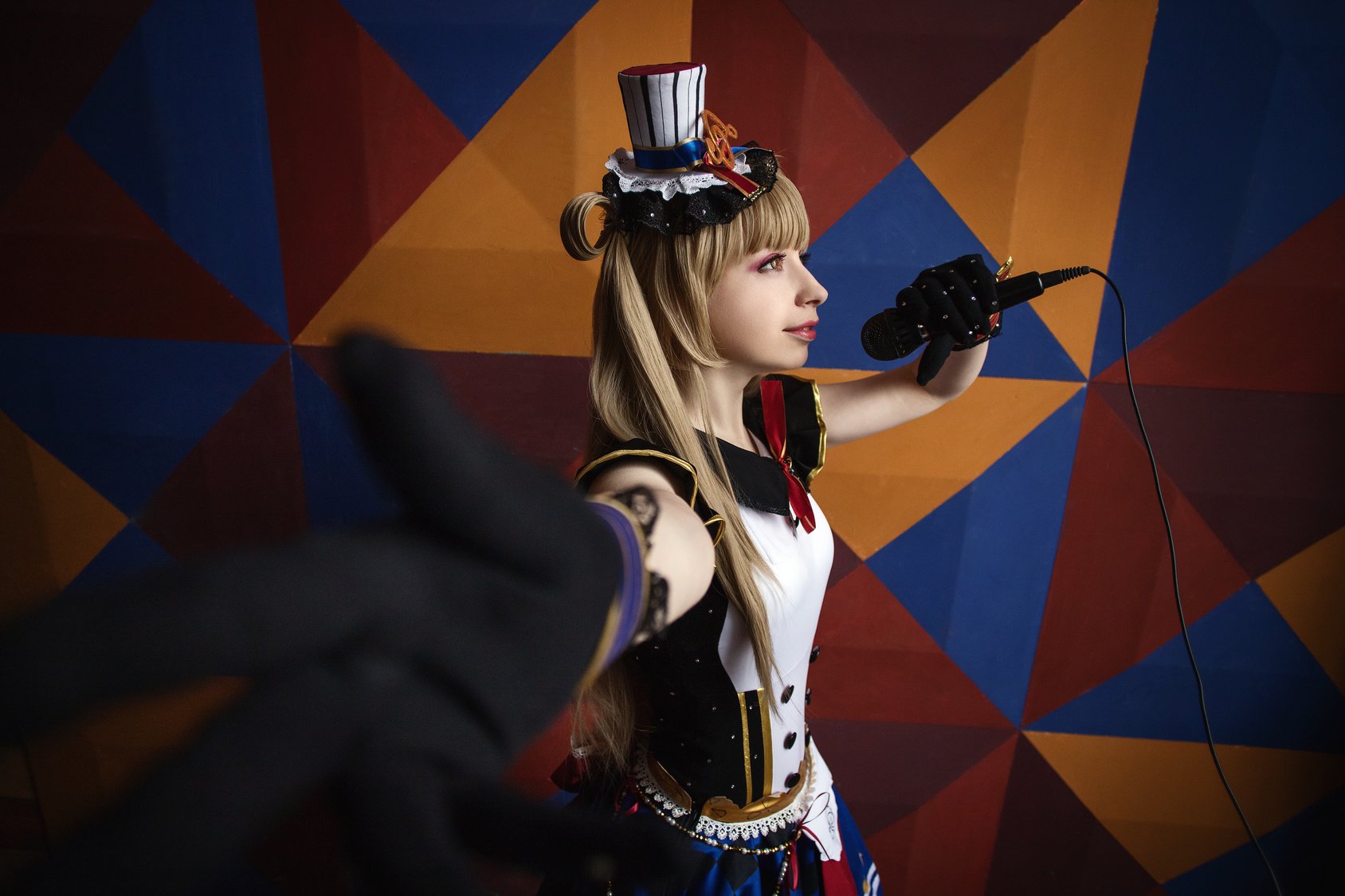As a cosplay maker, you’re used to working with a wide range of different materials and supplies in order to capture a variety of textures. You can make foam look like metal, and you can make clay look like stone, just to name a few examples. And at some point during your cosplay journey, you’ll likely end up working with fabric in some way, shape, or form. Once you get the material, create your pattern, and cut out the pieces you need, the biggest choice you’ll need to make comes in: how are you going to bond them together?
In this adhesive guide, we’re going to explain how to glue fabric for cosplay, which types of glue you should use, and when sewing might be a better alternative.
The Best Cosplay Adhesives for Fabric

- Sewing: While not technically a glue or adhesive, sewing by hand or machine is often the most secure way to attach fabric to other fabric. However, the downsides are that sewing takes a certain level of practice and skill to master, and some processes require one or more machines. That means it can require a bigger investment if you don’t already have them. But as far as the benefits go, quality sewing won’t mess with the texture of fabric and allows you to make year seams flat and even. Stylistically, sewing can create both rough and sleek looks depending on what you need for your cosplay, and sewing is sometimes easier to alter if the final result doesn’t fit as well as you envisioned.
- Fabric Glue: With fabric in its name, fabric glue may be the first adhesive you think to reach for when working with textiles in your cosplay. Fabric glue can be a great choice for gluing thinner fabrics together and keeping delicate edges from fraying with its stiff, clear formula. However, silkier fabrics don’t react well with clear fabric glue, which can leave you with crust, spots, or stains, and fabric glue isn’t generally strong enough for heavier, leathery fabrics.
- Tacky Glue: Tacky glue is a general adhesive with a thicker consistency than school glue that applies white and dries clear. The all-purpose nature of tacky glue makes it a good option for cosplays where you need to fasten fabric to another material like foam or plastic. However, be cautious of tacky glues that do apply clear — these are sometimes unsafe for fabrics. Multi-purpose tacky glue adheres with general strength, but it’s also semi-flexible, making it a great choice for gluing areas of fabric that need some give.

- Double-sided adhesive sheets: Peel and stick sheets like CosBond Attach & Build are another great option for attaching fabrics together or fabrics to other materials. The best things about adhesive sheets are that the bond they provide is instant, flexible, and clean. There’s no mess to clean up when all of the adhesive is contained on the sheet, and there are no toxic fumes to worry about, so you can use them without a respirator. Just cut your sheets into whatever shape you need, like long and skinny for seams or big patches for attaching embellishments, peel and stick.
- Hot Glue: Hot glue is another general crafting favorite that works well for certain types of fabric. Hot glue dries quickly while still leaving you a few seconds to move and adjust your fabric. It bonds with a general strength and is easy to apply precisely with a glue gun, and you can choose to use high or low temperatures depending on the delicacy of your fabric. Be aware that high temperature hot glue can melt some fabrics, like lace, so use low heat when in doubt. Hot glue works best with leathers, and it can also be cut through if necessary.

- Contact Cement: Contact cement is an extremely strong chemical adhesive which can be too intense for many fabrics in your cosplay. However, contact cement can be used to cover foam armor or other pieces with a stretchy fabric like vinyl or spandex. By applying contact cement to both the fabric and foam, then sticking them together when the cement is almost dry, you’ll get the strongest possible bond between the two. This process allows you to skip the sealing and painting process with foam armor if you’re looking for a flawless finish (since you won’t be able to weather the fabric). Be sure to use contact cement only in a well-ventilated area or with a respirator.
Cosplay and Fabric: When to Sew vs. When to Glue

Any time you’re working with fabric in your cosplay, you’re going to have to face the same question: should you sew it, or should you glue it? Of course, there are several factors that might cause you to immediately decide one way or another — things like what materials you have on hand, what kind of time and cost constraints you’re under, and how advanced your skills are from practice and research. However, when your options are more open and you’re able to choose between sewing and gluing, we have a few guidelines for you to keep in mind.
Times when it may be best to sew:
- You’re working with delicate fabrics that may react poorly to glue and chemicals.
- You don’t have proper ventilation or a respirator.
- You’re creating a garment or a piece that may need further alteration after your initial pass in order to fit you correctly.
- You have access to a sewing machine, and you’re working with a material that it can effectively handle.
- You want to finish your fabric’s edges with a serger so they don’t fray.
- You’re concerned about an adhesive creating a secure and strong enough bond to hold your cosplay together.
Times when it may be best to glue:
- You’re attaching fabric to a different material, like foam or plastic.
- You’re covering foam with stretchy fabric.
- You don’t have access to a sewing machine, and sewing by hand will be too time-consuming or imprecise.
- You’re working with small details or embellishments.
- You don’t have much experience with sewing, and you can’t risk a do-over (for reasons related to time, costs, etc.).
However, in some cases, there may be no objectively “right” answer for sewing vs. adhesives. For example, if you’re working with heavy fabric, like leather, sewing and a strong adhesive can both be effective ways to bond your cosplay, depending on your own process and your own taste. Your personal preferences and confidence certainly come in to play, and as long as you’re using your adhesives or sewing machine safely, you should choose the option that works best for you (which might not always be the same way others do it). Our best advice would be to take the time to practice and experiment with both sewing and adhesives and get to know your products and materials beforehand so you can make the best choice when it comes to bonding your pieces together.